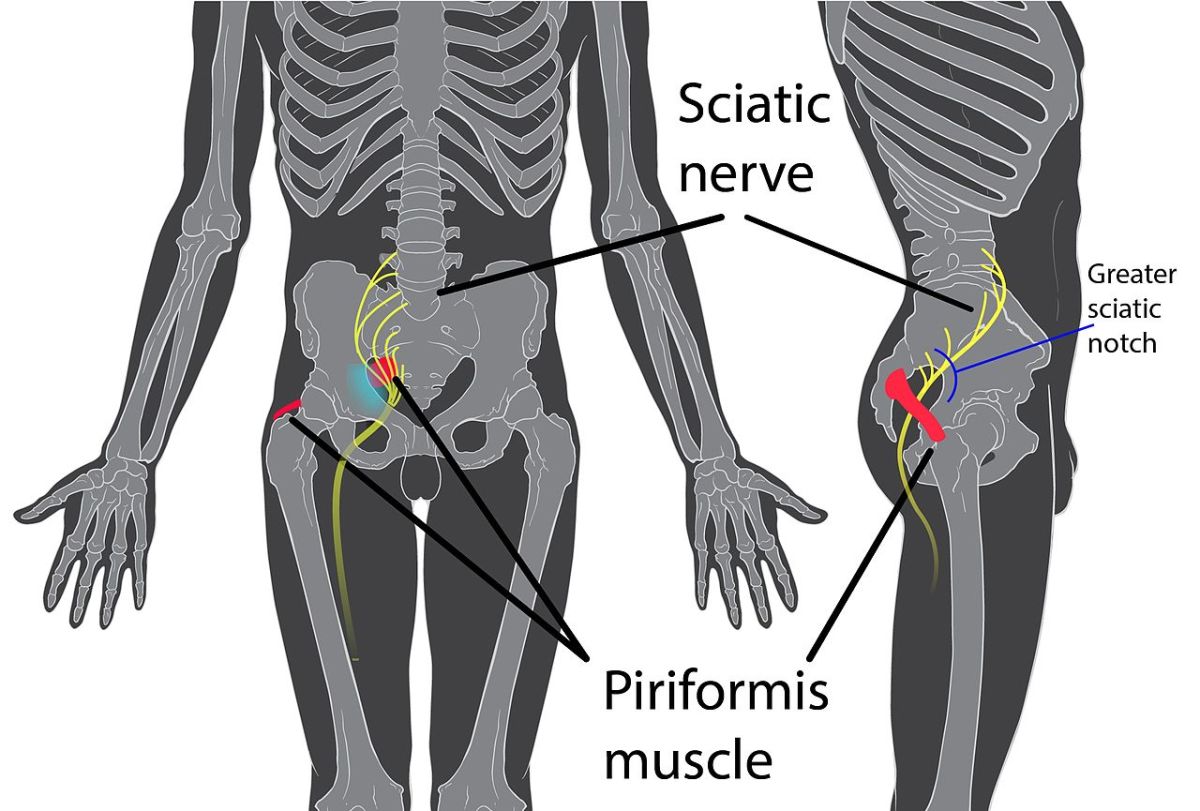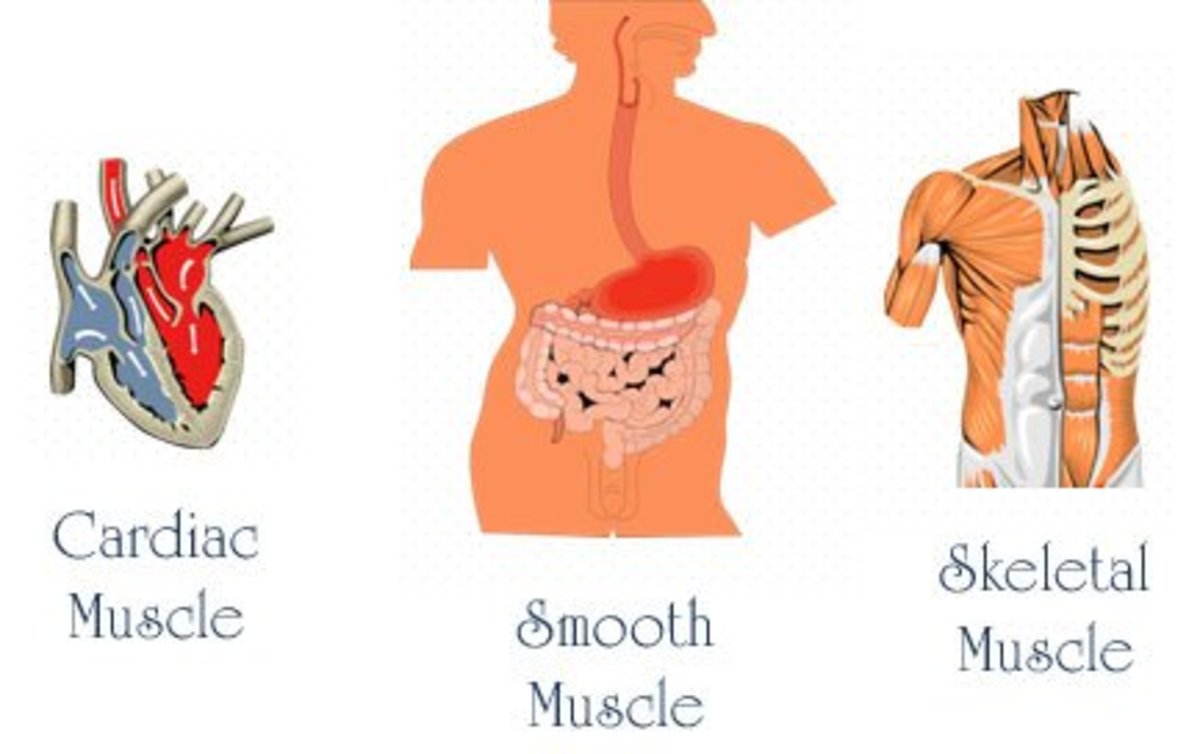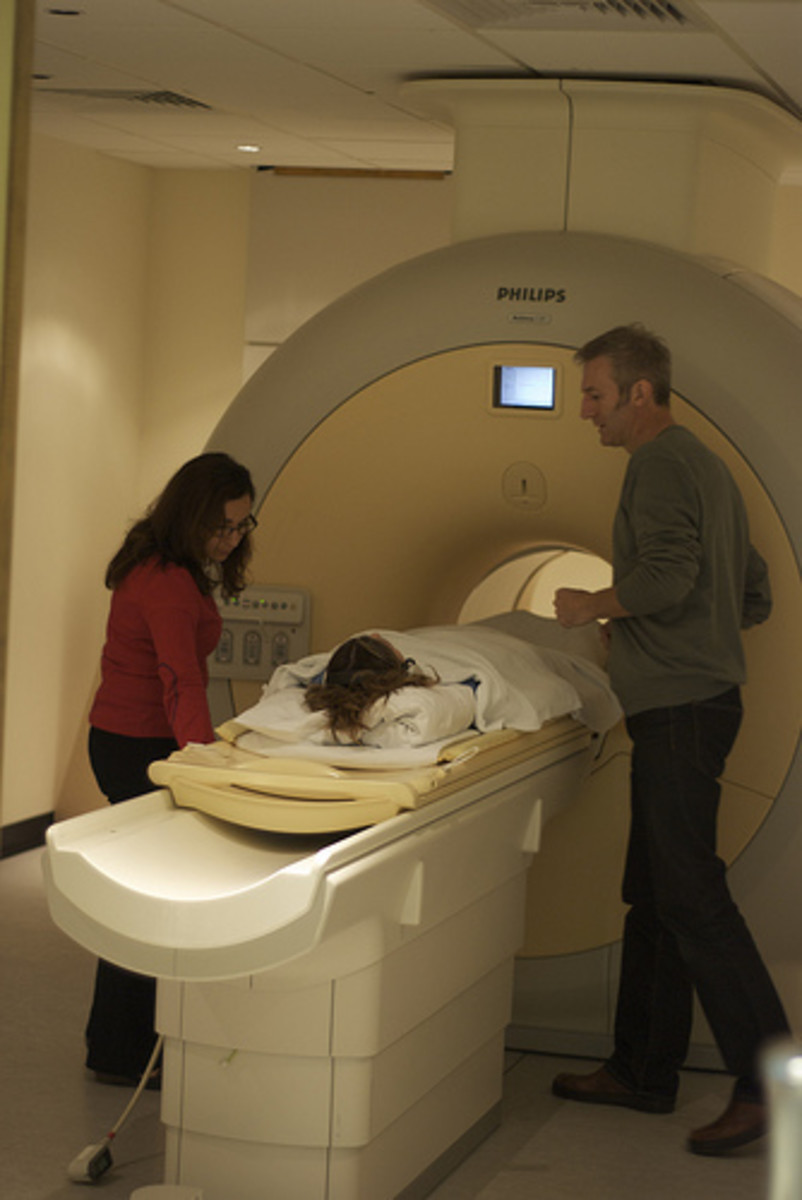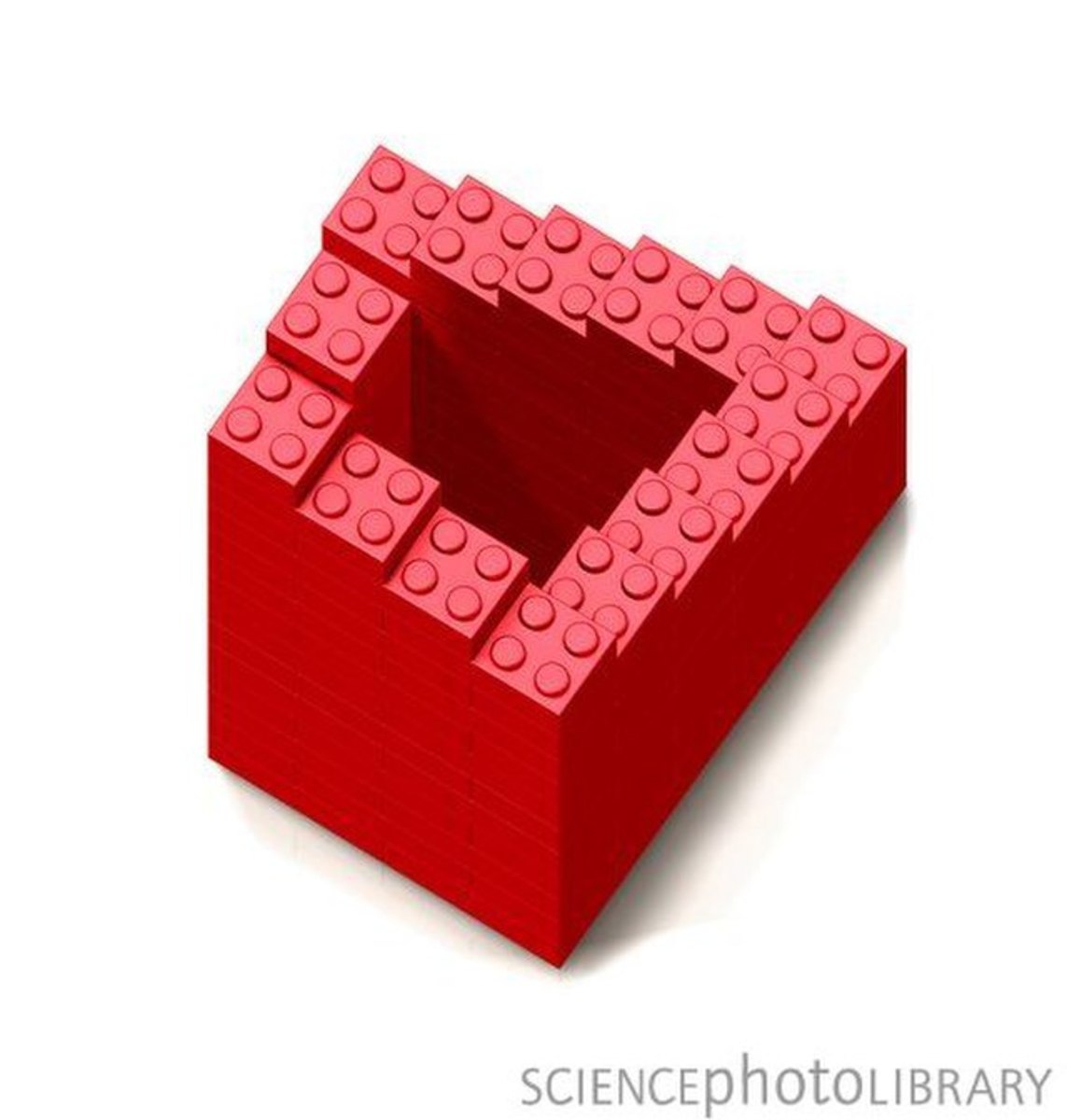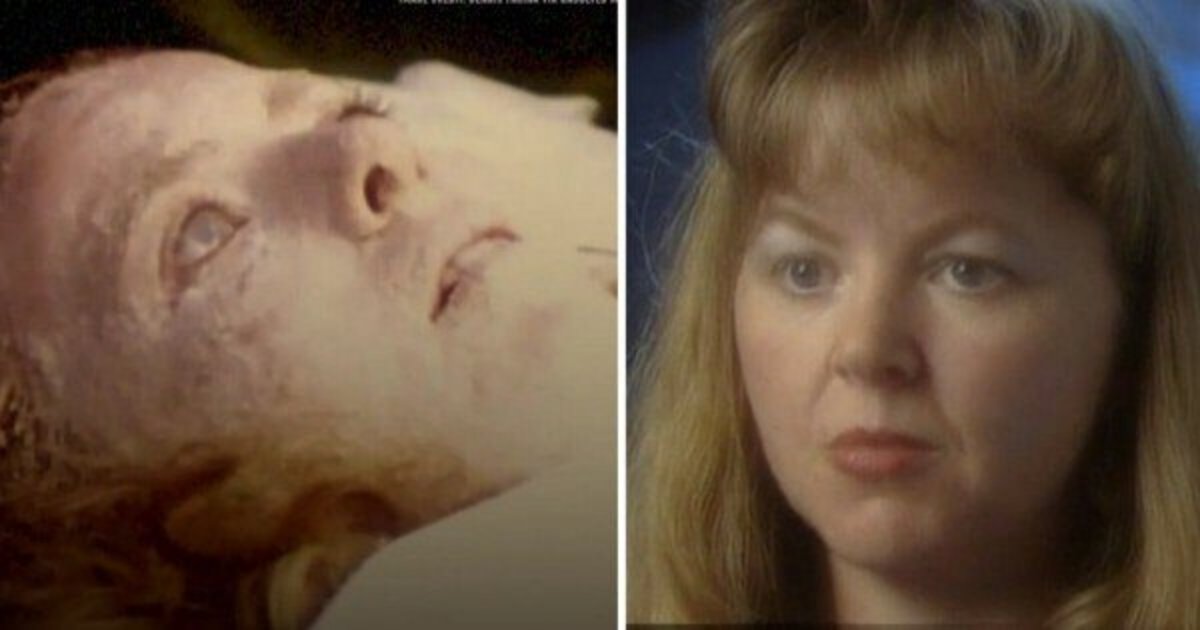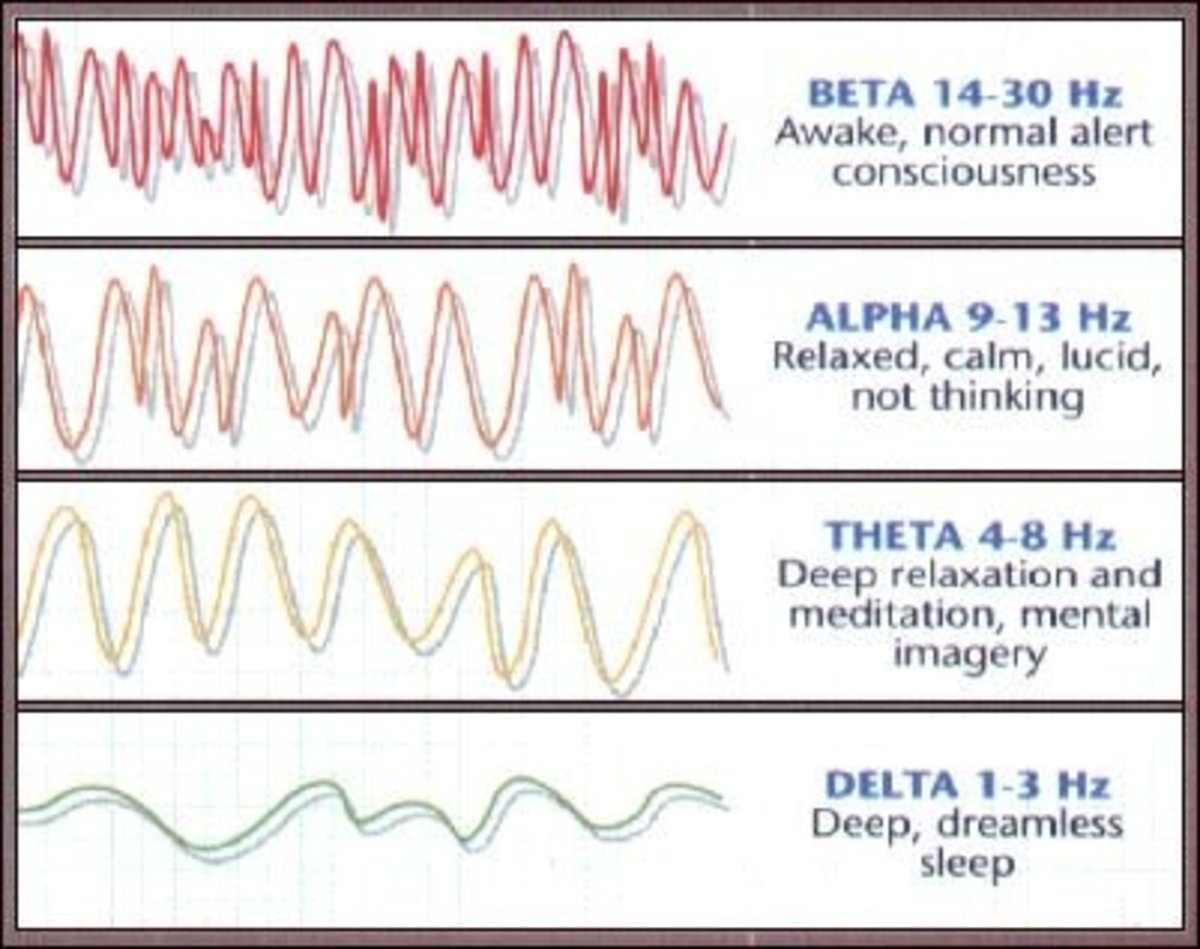ABCs Of The Lumbar Region: Its Topographical Anatomy And Operative Surgery
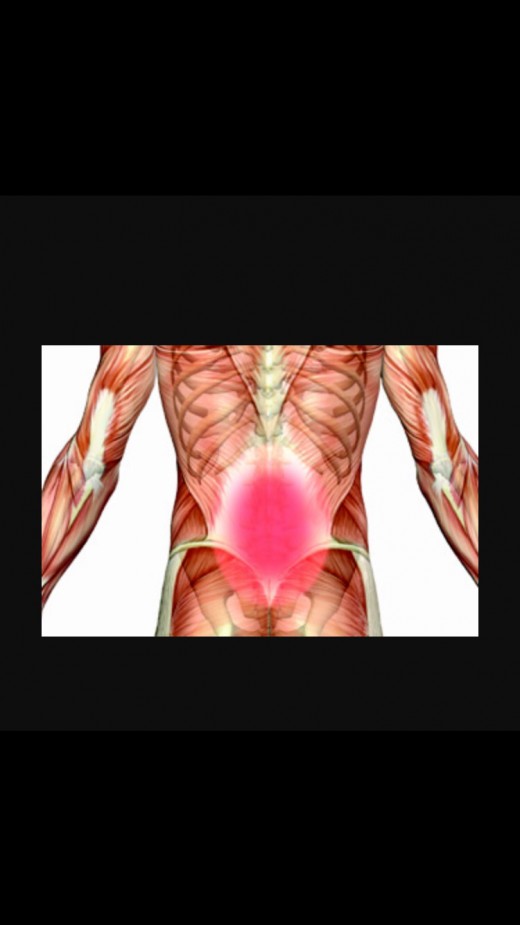
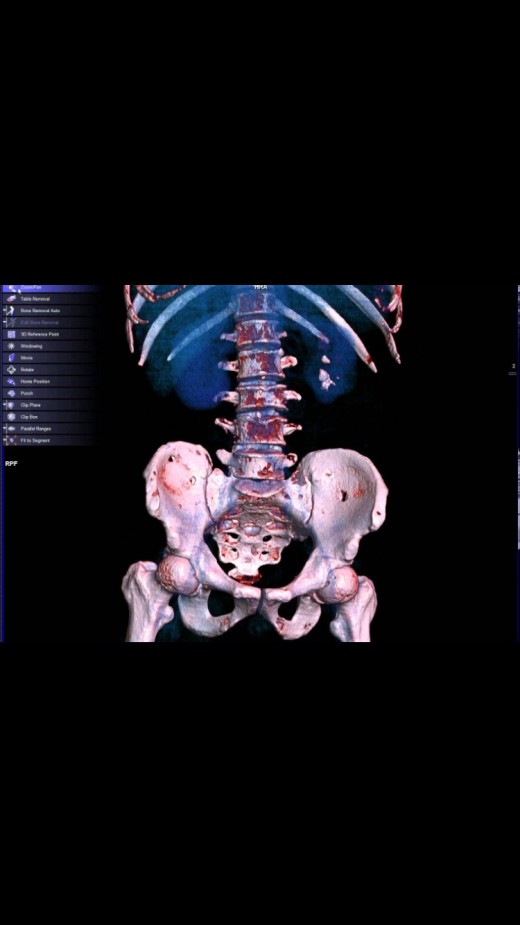
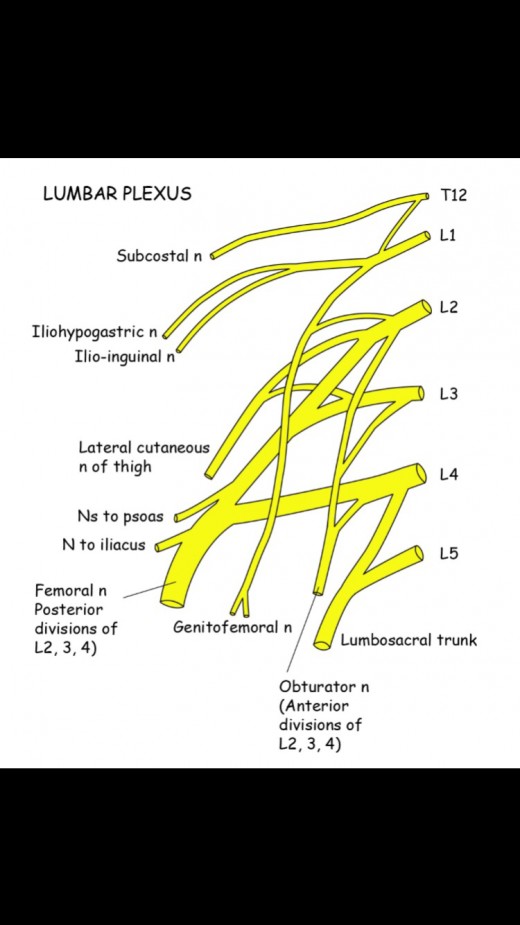
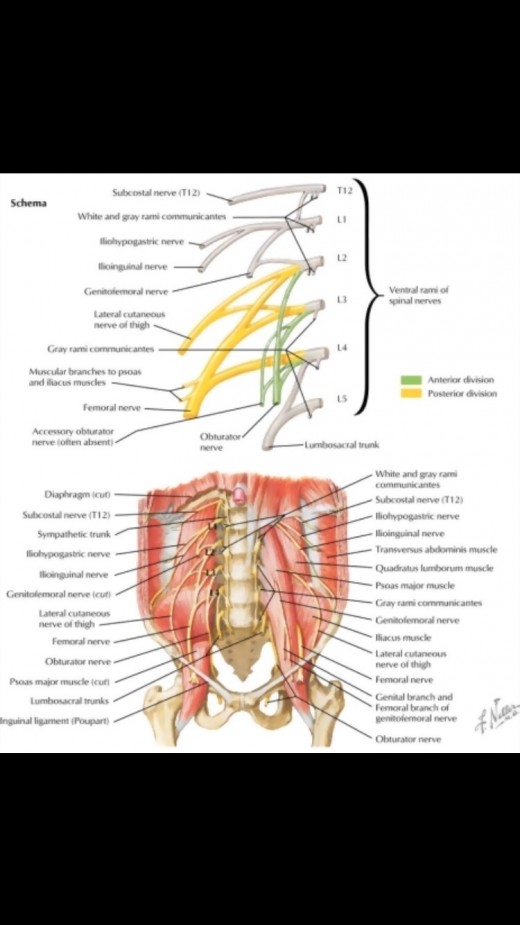
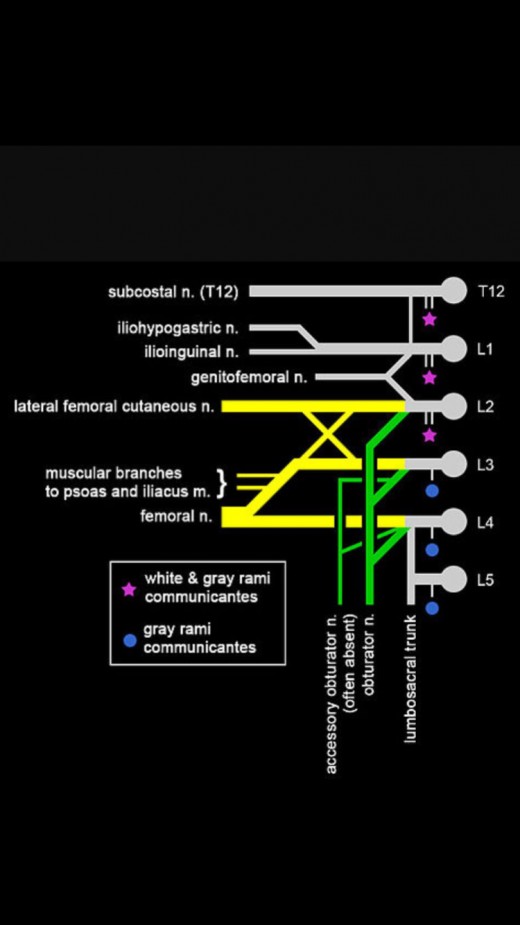
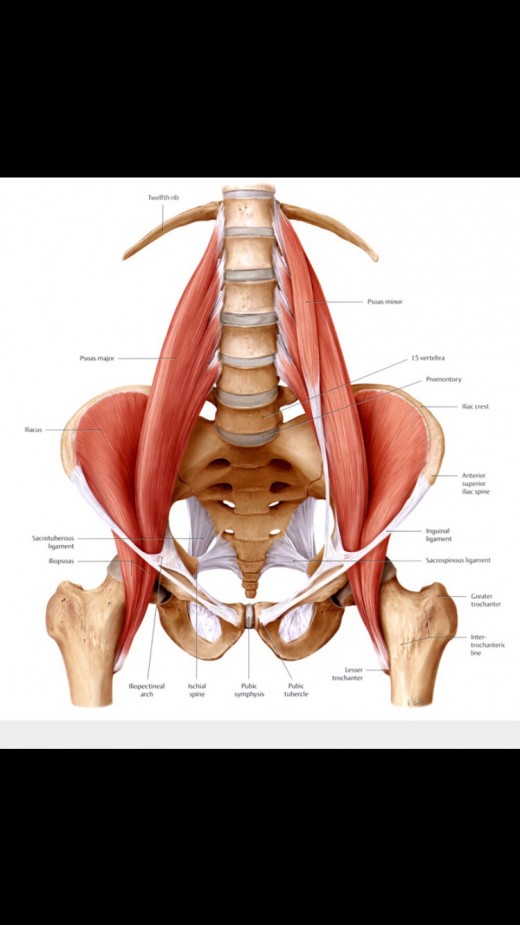
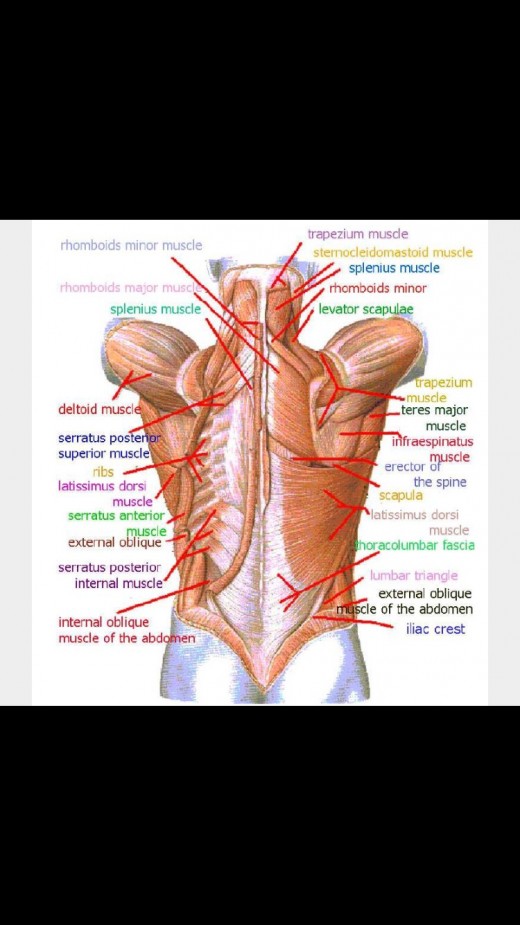
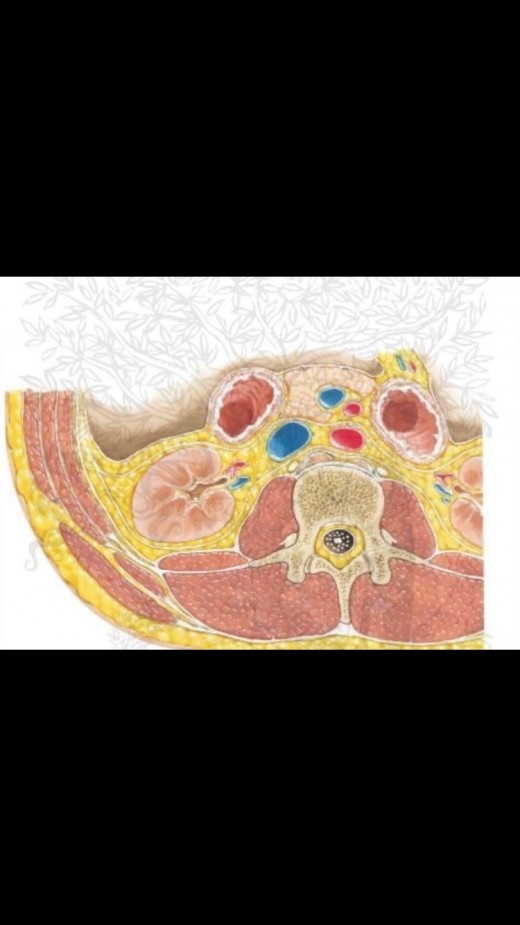
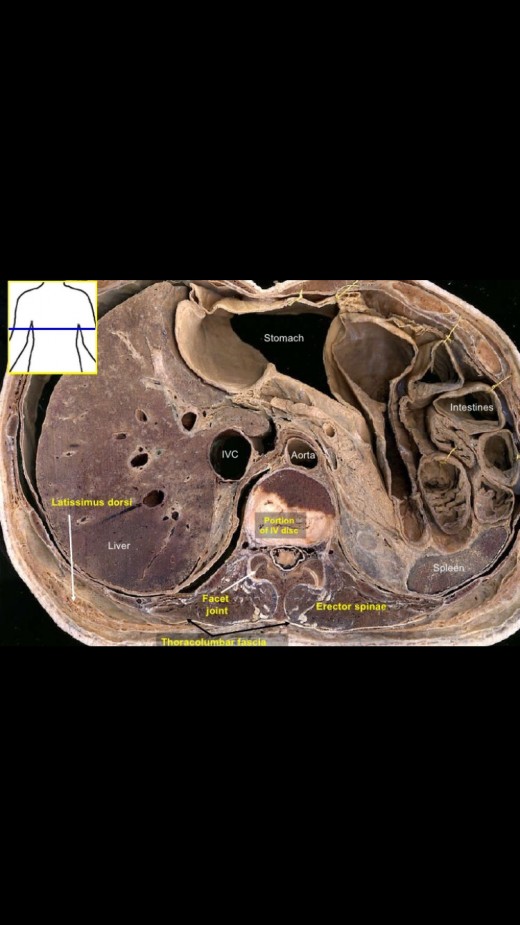
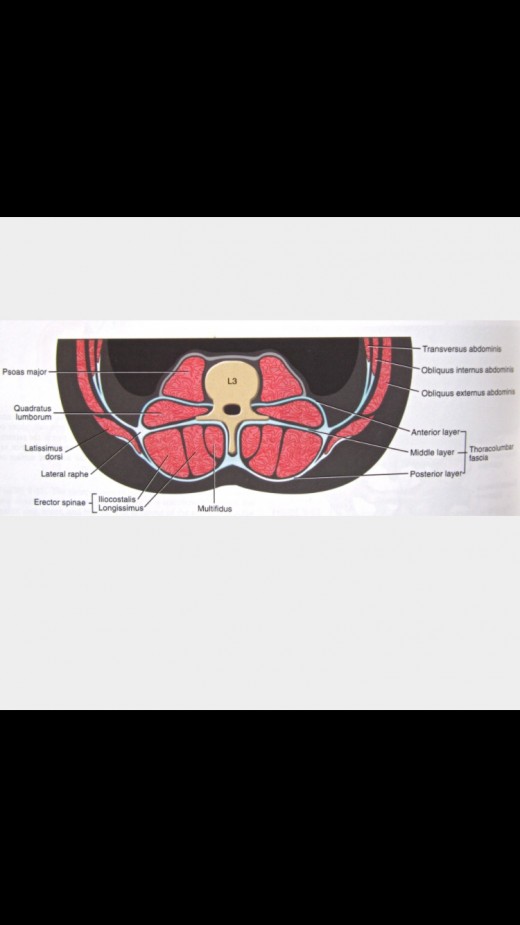
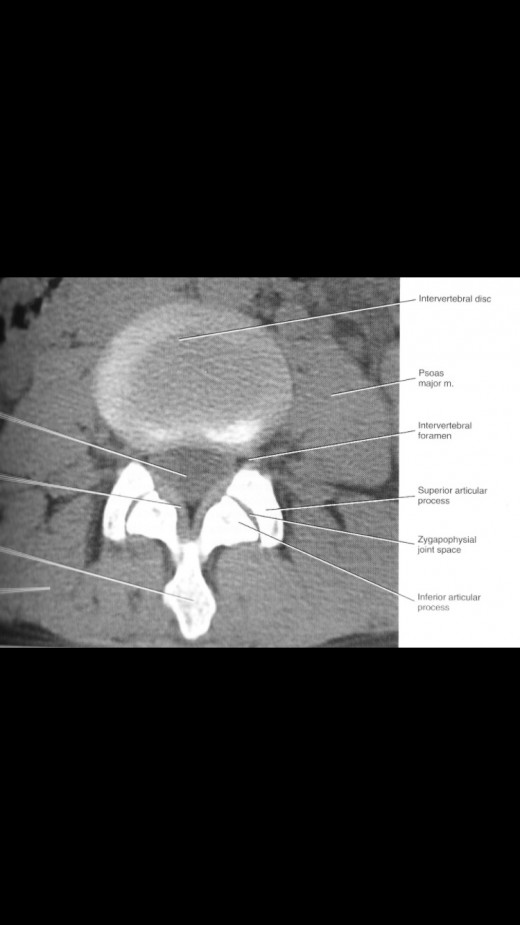
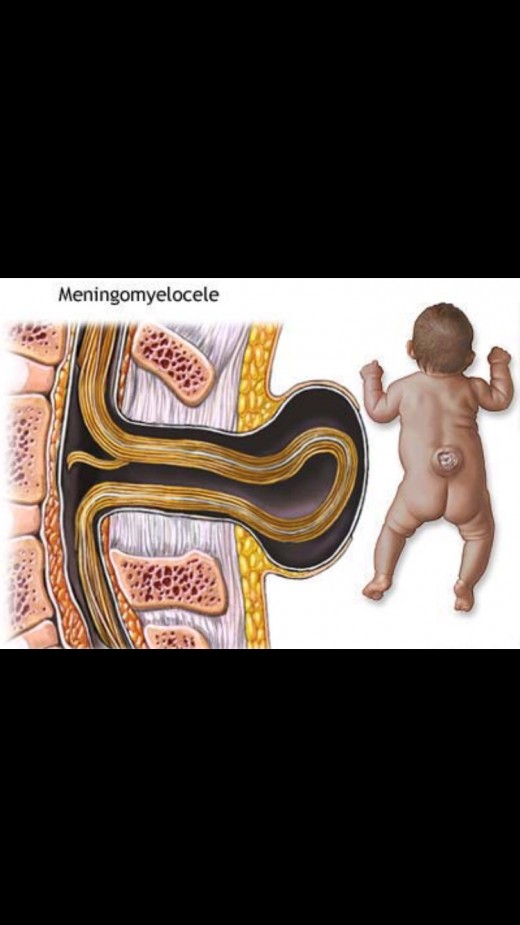
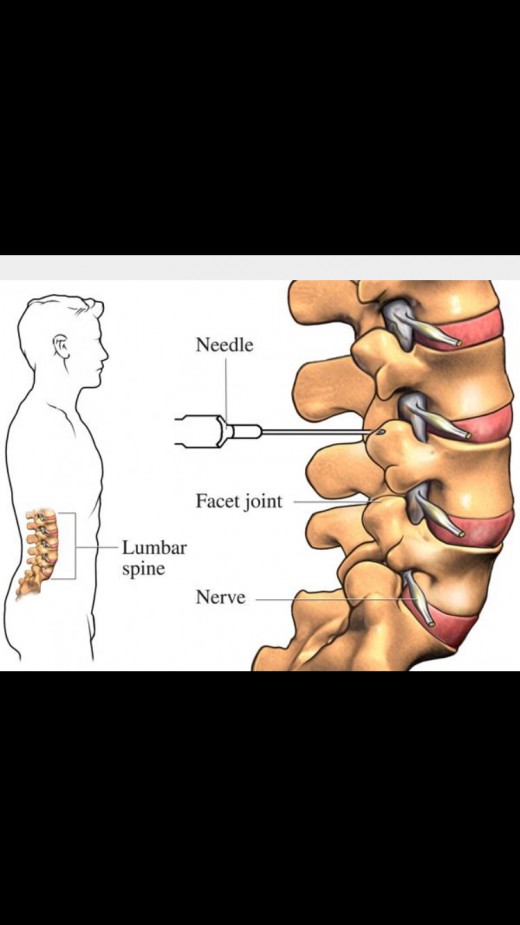
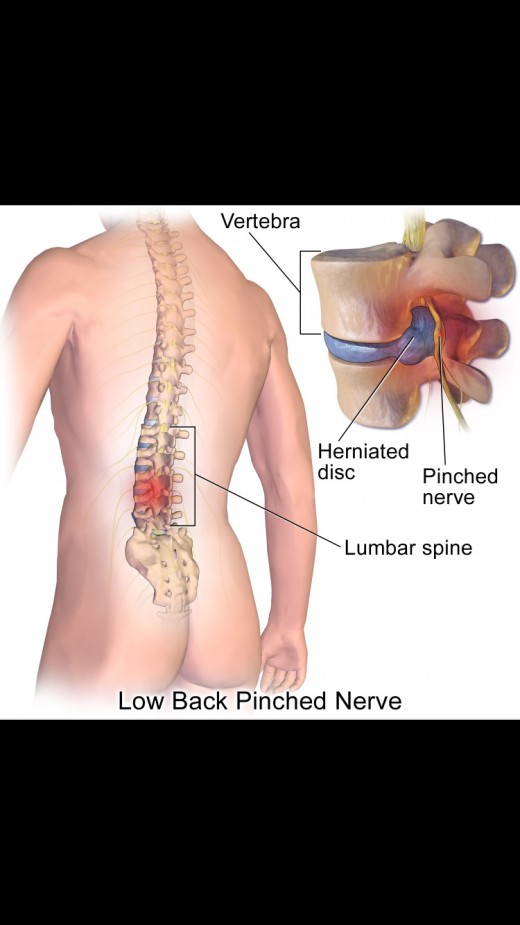
The Lumbar Region in Detail.
Firstly, What is the General Correct Anatomical Position ?
The general correct Anatomical Position is when an individual stands in an upright posture with thighs and legs close to each other but with a slight ''V'' shape formed between the thighs up to the feet. His arms stretched at 45 degrees away from the body, with the palms on their supine position and thumbs stretched slightly backward.
The essence of this is to make it easier for one to identify different Topographical body landmarks that lie superficially and in some cases, to make it easier for medical examinations. I.e. Palpation, auscultations etc.
Its Meaning and Relations.
The Lumbar region pertains to the region of the back: between the level of the XIIth Costal arch up to the Iliac Crest.
The immediate MAJOR regions which sorrounds the Lumbar region Include:
1. The Abdominal Region
2. The Thoracic Region
3. The Pelvic Region
4.The Inguinal Region.
The Immediate BORDERS of the Lumbar region are mostly structures that are found within it or on its peripheries and they can either be located superiorly, inferiorly or laterally. They Include.
1. Superiorly: The arch of the XIIth Rib.
2. Inferiorly: The Iliac Crests, The Inguinal Folds, Projection of the Inguinal ligaments, The pubic tubercle and the superior margin of the pubic Symphysis.
3. Laterally: The Vertical Line which Connects the end of the XIth rib with the Iliac Crests: The Lesgaft's Line.
Insight on the Lumbar vertebrae and their characteristics.
There are five Lumbar vertebrae in Number, due to there position along the spinal cord and within the region they are found, they are naturally the strongest reason being they carry most of the body's weight since most body weight reflects on the Lumbar area. Therefore, they have strong muscles in this region. In most mammals this part tends to curve slightly outwards. Among other distinguishable characteristics are: They lack foramens on their transverse processes, and they lack facets and they are also the largest.
Between the Lumbar vertebrae we find nerve roots which extends from on either side to which later combine to form the largest nerve in the body the sciatic nerve which runs through the back of the leg into the foot: hence, spinal disc hernias and ruptures can press on the nerve and cause pain. Muscular Branches of the Psoas and Iliacus branches of from the 3rd nerve root which combines with the 2nd and 4th nerve roots to form the femoral nerve. Note: The nerve roots especially from below the T12 up to the L5 are linked to from different nerves in that order. Note: (This will be explained in more detail in the next subheading and enhanced with pictures)
The actual spinal cord the Medulla Spinalis terminates at the level of L1 and L2 at a place called the Conus Medullaris. Below this there is nervous tissue that is made up of individual strands which come together to form the Cauda Equina. Cauda Equina is a bundle of spinal nerves and spinal roots which originate from the Conus Medullaris of the spinal cord. These nerve roots innervates places within the pelvic floor, The lower limbs and motor innervation to the thighs, Internal anal sphincter, external anal sphincter, hips and legs. Sensory innervation is extended to the perineum and partially parasympathetic innervation to the bladder.
Lumbar Plexus
The Lumbar Plexus begins from right below the level of the T12 and terminates right above the level of the L5. It's formed by Six nerves, However, one might confuse the Subcostal nerve and the Lumbosacral trunk or plexus as being part of the Lumbar Plexus because they are linked along with the other Lumbar plexus nerves. This should NOT be the case if you understand the landmarks.
The Lumbar Plexus nerves include: Iliohypogastric Nerve, Ilioinguinalis Nerve, Genitofemoral Nerve, Lateral Femoral Cutaneous Nerve, Obturator Nerve and Femoral Nerve. All this link together to form the longest nerve in the body the Sciatic Nerve also called the Ischiadic or Ischiatic Nerve. This Nerve runs behind the thigh and leg until the foot. It innervates the skin of the legs, the muscles of the thigh and leg muscles. It's derived from the spinal nerves L4 up to S3. Its major branches are the Tibial Nerve and the Common Fibular Nerve.
Muscles, Fasciae and ''Weak Places'' within the Lumbar region.
NOTE: Earlier we spoke of the Sciatic Nerve and how this nerve is formed and how it later Branches when it reaches the lower regions of the leg. Well, we find that some of its parts innervate the Psoas Muscle. This muscle originates from the L1-L5 Transverse processes and attaches at T12-L4 vertebral bodies. In some people, the muscle has two braches the first one from the level of the L1-T12 where it originates and attaches respectively. It assists the Psoas major in the flexion of the Lumbar spine and hip. So a disturbance of the Sciatic nerve or rather its earlier braches that form it reflects on this Muscle. The Psoas Muscle further extends into the pelvis where its name changes to the Iliacus Muscle which is innervated by the femoral nerve. Later On it forms the Iliopsoas Muscle that passes under the inguinal ligament and terminates as it attaches at the Lesser trochanter of the femur. It flexes the hip and also helps in outward rotation and adduction of the Hip
Deeply, near the Lumbar vertebral bodies on the side of the Transverse processes and the spinous Processes; we find the most Intrinsic muscles of the back: Transverse Spinalis Muscle which is well covered by the Transverse fascia. This muscle is made up of a group of three muscles: they include the Semispinalis muscle, Multifidis, and Rotares Muscle. Note: (The Semispinalis does not lie within the Lumbar region even though it belongs to the Transverse spinalis group of muscles; because it runs halfway down the spine hence its name ).The Transverse Spinalis derives its name due to its attachments points i.e they originate from the transverse processes and attach to the spinous processes. The Transverse Muscles can be classified as Medial Muscles of the Lumbar Region because they lie more miedially to the spine.
More superficially above the Transverse fascia we find the Erector spinae muscles which is a muscle group made up of three muscles That include: The Iliocostalis Muscle which is more lateral, The Longismuss Muscle which Lies between the Iliocostalis and the Spinalis Muscle. Therefore the Spinalis muscle is the medial muscle in this group. The Erector Spinae Muscle is covered by the In the Thorax and Lumbar region by the Thoracolumbar fascia and in the Cervical Region by the Nuchal Ligament.
Let us speak about the ''weak places'' found within the Lumbar region and their clinical significance. This places are two in number and are combined in a general name the: ''The Lumbar triangle'' Its composed of the greater Lesshafst-Grynfeltt Triangle and the Lesser Petit or Pti Triangle. This weak spots lie laterally to the Quadratus Lamborum muscle with the Petit triangle inclined more superficially to the Lesshaft-Grynfeltt triangle. The Grynfeltt is a more common site of hernias and is mostly noticed in cadavers.
The Petit triangle can however be called simply as the Lumbar triangle. Its borders includes The Iliac Crest Inferiorly, posteriorly we have the margin of the Latissimus Dorsi and the External Oblique muscle margin anteriorly. The floor is formed by the Internal oblique Muscle.
The Lesshaft-Grynfeltt triangle is formed medially by the Quadratus Lamborum muscle, Laterally by the Inferior Oblique Muscle, superiorly by the XIITH Rib and the floor is formed by the transversalis fascia.
One of the clinical significances of these weak spots is that they are the most common site for herniation within the Lumbar region. Other significances include: they are used as a site for surgical procedure I.e. the withdrawal of C.S.F for examination and also for general diagnostic examinations I.e. Scans.
Raynold Grahams Omondi
R.G.O

